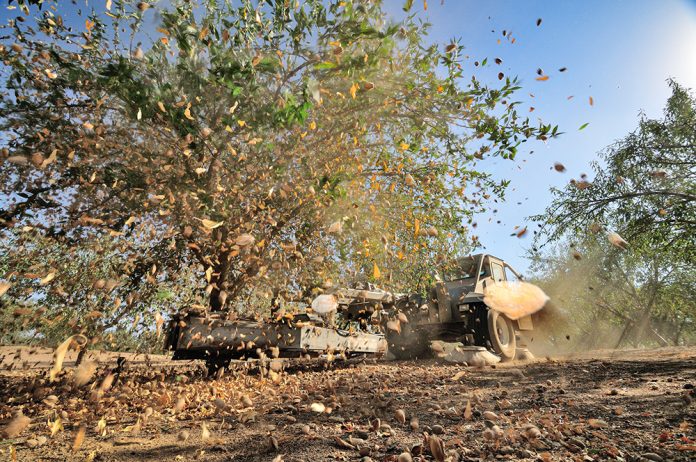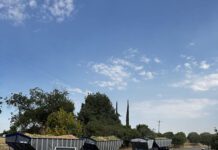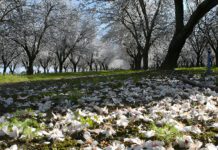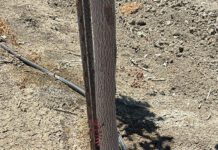
Timing is everything. Irrigation timing is critical. Pesticide sprays are highly dependent on proper timing. Timing your harvest correctly is important to get your moisture content correct and avoiding stick tights. In season I am always harping about getting your nutrition timing right to match nutrient demand in the trees and maximizing specific nutrient uptake. So why do so many growers neglect scheduling proper timing with their post harvest nutrition? Give me a little time and maybe we can eliminate that happening in the future.
As farmers, there isn’t much more demanding a time as harvest. It seems all our blocks come on at exactly the same time, and it’s all hands on deck to harvest as quickly and efficiently as possible. 20-hour days are not unusual even without equipment malfunctions and logistical issues. When that last trailer full of all our hard work rolls out of our sight, a huge sigh of relief comes over us and its easy to get into a quick sense of calm and ready for vacation. We are not done.
Postharvest Starts Immediately
Trees may be stuck on one place and not seem to do a whole lot from day to day, but they just went through their own hell. Have you ever tried to lift water up a ladder in an old-fashioned bucket brigade? It is not easy. Take it from a former volunteer fire fighter that is only 5-foot 7-inches and 160 pounds. Water is heavy. We were only filling 55-gallon drums, once! Trees do it for hours a day, every day, and with water measuring 325,000 gallons per acre foot, that’s a lot of buckets. And a whole lot of nutrition goes into making the system create the turgor pressure and osmotic pressure to pull a whole lot of water up those trees. And by harvest, most of that immediately available nutrition is severely depleted. Those trees quickly switch up to feeding next year’s crops that are already in the works. So, let’s not wait.
Immediately after the last nut leaves the field, get some water going. Trees need to be properly hydrated to make nutrition count. Run a full set and get the root zone saturated. Let them pull that water up and a week later, lets get some balanced, plant-ready nutrition with all the goodies heading up the xylem to the shoots. Much of the carbohydrates that our trees produced in season go into the nuts. Postharvest production begins immediately for replenishment and overwintering. The nutrition that is properly assimilated now will help with photosynthesis and carbohydrate production for winter storage. It will also travel to the spurs where it will be readily available and in the immediate vicinity for bloom in the spring.
We will need to address the big six (N, P, K, Cal, Mg and S) as soon as possible. And it can’t all go together in the amounts we need as some nutrients will react and tie up. I’d love for you to focus on soluble and plant-ready NPK and your minors in the second irrigation following harvest. One week later, follow that shot in the third irrigation with soluble (I repeat, soluble!) calcium, sulfur, organic acids and active biology to replenish what expired in the dry conditions and after pesticides. With tight water, if we can’t get a third or even a second shot for that matter, get everything hydrated and apply a shot of nutrition at the end of that first irrigation set. Not ideal, but if it’s all we’ve got, it’s all we’ve got. Then we can run through your fields with a foliar to address anything we couldn’t combine. You will be able to focus on many of the issues that didn’t get injected in the first nutritional shot and also help the trees by cleaning the leaves. This is like washing the solar panels at the house to make them more efficient. Your trees will thank you for the shower after all their hard work.
Think back to any strenuous activity you have done in your life. You constantly rehydrate and at the end of the event, you are famished and need to eat. Your trees are exactly the same. Waiting until late October or November and applying bulk soil amendments that take forever to breakdown doesn’t do your trees any favors. Many times, the soluble portion of those products gets washed through with winter rains and way after the trees demand for them is just a fleeting memory. It’s time. Don’t wait. Plan your postharvest nutrition and recovery now so it is in place the day after harvest. That’ll be time well spent. Give your trees more time to get ready to do it all over again next year.















